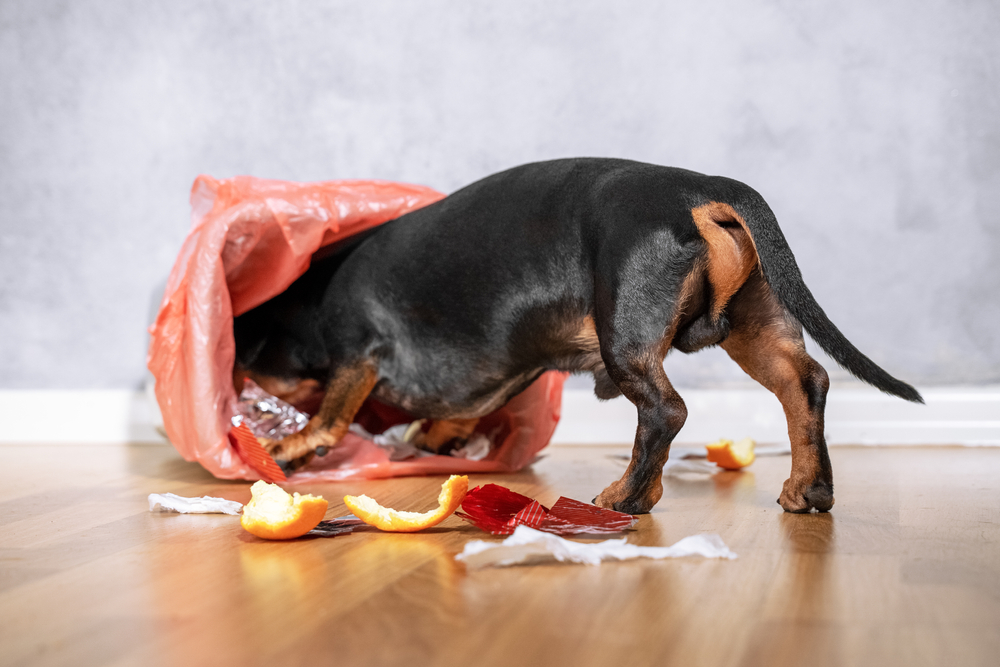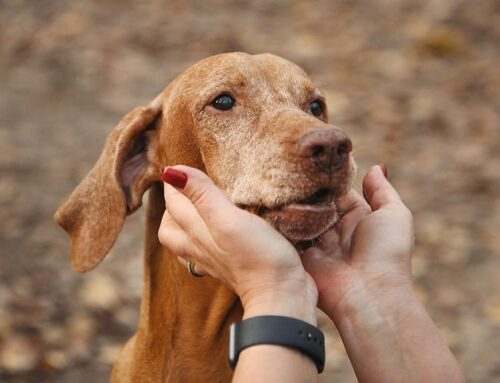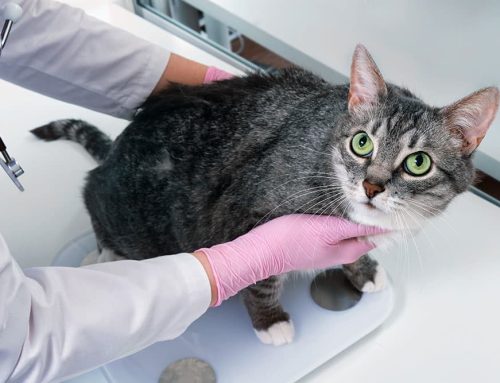Your pet’s health and safety mean everything to you, and while you may wish you could accident-proof your pet entirely, you can’t protect them from every potential danger. However, you can prevent many potential disasters by using foresight and preparation. Our Mobile Cat & Dog Vet team describes common pet emergencies and how you can help protect your pet.
Understand your pet’s risks
A crucial step in protecting your pet from potential emergencies is to understand their specific risk. Factors that can influence your pet’s emergency risk, include:
- Breed — Certain pet breeds are predisposed to adverse health conditions that can lead to a medical emergency. Brachycephalic (i.e., flat-faced) breeds are plagued with breathing conditions and are susceptible to overheating. Airway swelling from overheating, stress, or exertion can cause a complete breathing obstruction, and endanger their life. Take proactive measures, such as scheduling regular diagnostic screenings, feeding your pet a nutritious diet, and avoiding activities that might exacerbate potential breed-specific conditions.
- Age — Like people, as pets age, their bodies undergo wear and tear, and they are prone to developing age-related health issues such as arthritis, heart disease, kidney disease, liver disease, and cognitive dysfunction. Often, pets don’t exhibit disease signs until the condition has progressed, which can lead to a life-threatening medical emergency. Senior pets need twice-yearly preventive care tailored to their age, breed, health, and lifestyle to help detect and prevent common diseases at early and easily treatable stages Older pets can also experience reduced mobility, which increases their falling-related injury risk. Modifying your home by adding stairs and ramps, nonslip rugs, and pet gates can reduce your senior pet’s falling risk.
- Socialization —Well-socialized pets are less likely to engage in dangerous reactive behaviors such as running away, chasing cars or animals, or being aggressive in unfamiliar situations or toward people. Socialize your pet when they are young to teach them that new, unfamiliar things can be pleasant and nonthreatening, which will put your mind at ease and make everyday outings more enjoyable—and safe.
Pet proof your home

Like children, pets enjoy exploring their surroundings, but sometimes that can get them into trouble. Protect your pet by following these tips to make your home pet-friendly:
- Store medication in cabinets — Any medication can be toxic to pets, so store these items behind securely latched cabinet doors or on high shelves.
- Keep foods intended for people out of your pet’s reach — Many foods people eat contain pet-toxic ingredients, including chocolate, grapes and raisins, xylitol (i.e., birch sugar), and garlic. For your pet’s safety, keep food out of their reach, stored up high. In addition, always clear the table immediately after eating.
- Ensure plants are pet-friendly — Many popular houseplants and flowers are toxic to pets. To determine whether your plants could poison your pet, check out the American Society for the Prevention of Cruelty to Animals (ASPCA) Toxic and Non-Toxic Plants List, or move household plants to high shelves out of your pet’s reach.
- Cover cords — A curious pet who mistakes an electrical cord for a chew toy can receive a life-threatening shock. Keep cords and wires covered or safely out of your pet’s reach. Always keep an eye on your pet to ensure they do not chew an electrical cord.
- Store household cleaners securely — Many household cleaning products contain chemicals, such as bleach, ammonia, chlorine, formaldehyde, phenol, and isopropyl alcohol, which are toxic to pets. To prevent your furry pal from ingesting household cleaners, store these products in cabinets that have doors that can be securely locked.
While many common pet emergencies can be prevented, sometimes accidents and health conditions are unavoidable. If your pet’s quality of life is suffering because of a terminal disease, contact our team at Mobile Cat & Dog Vet for information about our hospice care, palliative care, and euthanasia services.








Leave A Comment